GROW BEANS
Find information on how to grow beans.
How Are Beans Grown?
Beans are a traditional row crop and are typically grown in rows of 30 to 40. The field is prepped and seeded with specialized bean planters.
They typically grow from four to six months, depending on the climate and the variety of bean. Beans are a nitrogen-fixing plant. This means they naturally create nitrogen as a fertilizer for themselves and the soil around them. Nitrogen is one of the 16 essential nutrients for plant health. Because they’re nitrogen fixing, beans are a great plant for farmers to include in crop rotation to create healthy soil and reduce fertilizer applications.
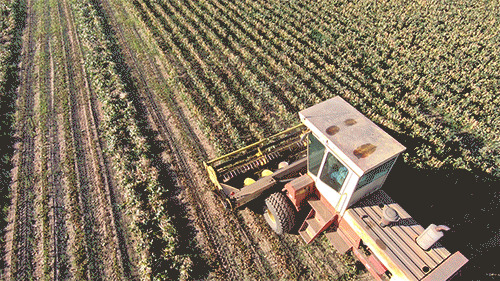
When the bean seeds mature, the bean plants are cut and windowed during pre-harvesting, which is before they pick up, aka harvest the beans to be processed and packaged. Windrowed means they are cut and put into rows so the beans can dry naturally in the sun. After they have had a chance to dry (normally two weeks from cutting), a harvester is used to thresh the beans. Threshing is the term used for separating bean seeds from pods and plants. After threshing, the beans are transported by truck to the bean warehouse.
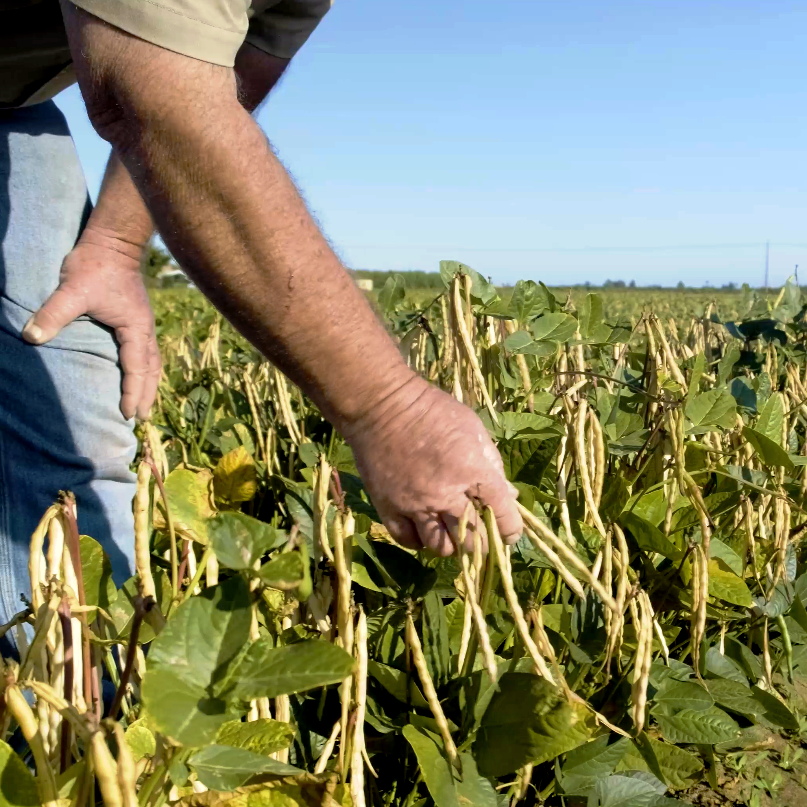
Irrigation Methods
Let’s discuss the different ways to irrigate your beans.
Dry Farming
Dry farming relies on natural rain and arid temperatures. It is
not commonly practiced in California bean farming today due to the water needs of newly released bean varieties. However, dry farming is still practiced in parts of Ventura and Santa Barbara counties.
Dry Farming vs. Irrigation
When farming beans, growers can decide based on their location and available resources whether to dry farm or use irrigation.Irrigation is the application of supplemental water to plants in controlled amounts.
Drip Irrigation Method
Drip irrigation distributes moisture directly to the bean plants
via buried drip tape. Drip tape is typically buried at a depth of 10
to 12 inches and is the most efficient way to apply water and
plant nutrients.
Flooding Irrigation Method
The flood method is occasionally used in the sandy soils of select
parts of California and primarily only with blackeye beans. This
method is rarely used due to its water waste.
Furrow Irrigation Method
The furrow irrigation method provides moisture to the plants by
gravity- flowing water into channels (furrows) between the bean rows. Water is distributed by using gated surface line pipe and/or open ditches with siphon pipes.
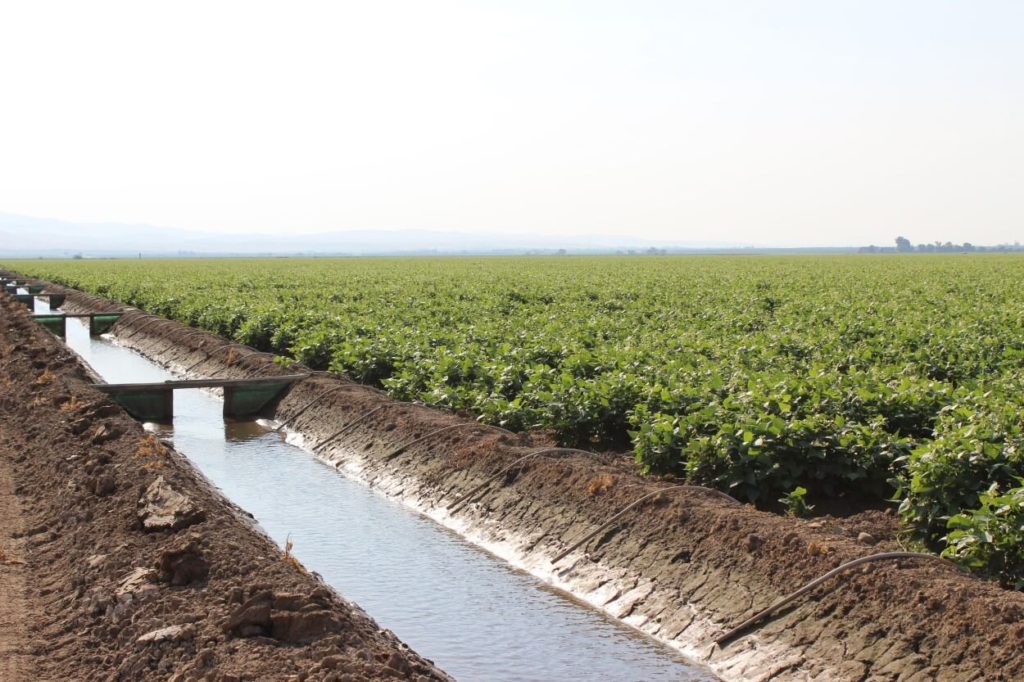
Why California?
California is known for its remarkable agriculture and sunny weather. Beans love California’s warm weather which is why it’s no wonder beans grown in California are of the best quality! The rich soil, exceptional water delivery system and long sunny days provide the perfect growing grounds for beans.
California grows a variety of beans throughout the state. Most varieties are planted between April and June when the soil is warm and when frost is not a threat. Depending on the variety, beans are harvested between 90 to 150 days after planting.
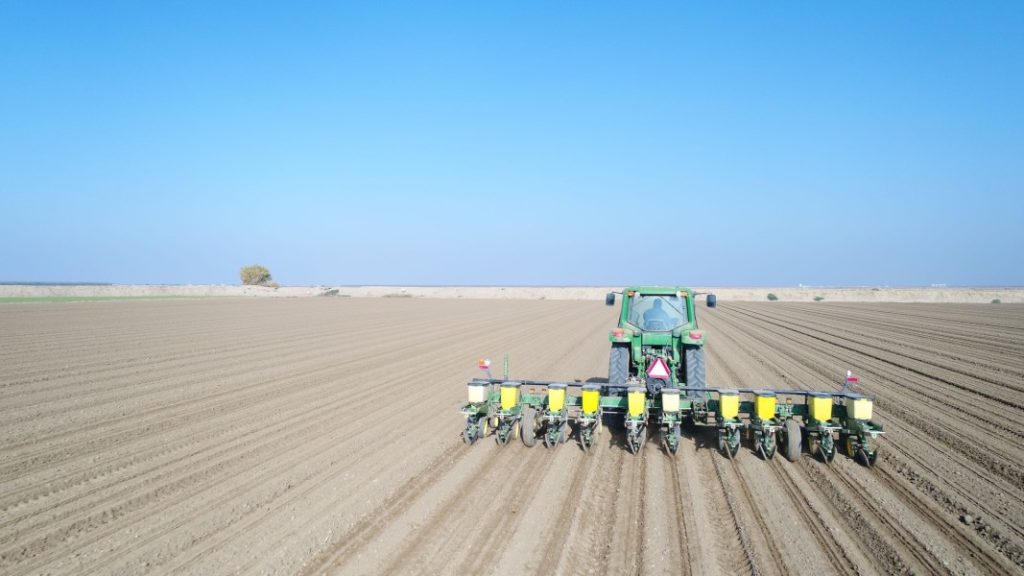
California Bean Innovation Timeline
See information below on:
BEAN TYPES
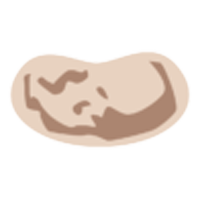
LOCATIONS GROWN

PLANTING MONTHS
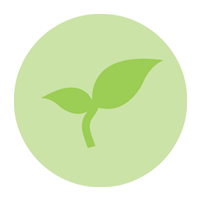
HARVEST MONTHS
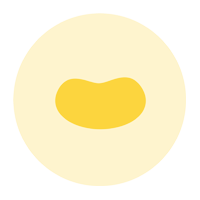
Baby Lima Bean
Central San Joaquin Valley and Sacramento Valley
April – June Planting
September – October Harvest
Black Bean
Parts of the Central San Joaquin Valley and Sacramento Valley
April – June Planting
September – October Harvest
Blackeye Bean
Central and Southern San Joaquin Valley and Sacramento Valley
April – June Planting
September – October Harvest
Butter Bean
Coastal Areas and Central San Joaquin Valley
April – June Planting
September – October Harvest
Garbonzo Bean
Coastal Foothills, Central and Southern San Joaquin Valley, and Sacramento Valley
December – January Planting
June – July Harvest
Cranberry Bean
Parts of San Joaquin Valley
Sacramento Valley
April – June Planting
September – October Harvest
Dark & Light Red Kidney Beans
San Joaquin Valley
Sacramento Valley
April – June Planting
September – October Harvest
Pink Bean
Parts of the Central San Joaquin Valley and Sacramento Valley
April – June Planting
September – October Harvest
Pinto Bean
Parts of the Central San Joaquin Valley and Sacramento Valley
April – June Planting
September – October Harvest
Eat More Beans!
Calbeans.org is brought to you by
the California Dry Bean Advisory Board.
531D North Alta Ave.
Dinuba, CA 93618
©2025 California Dry Bean Advisory Board. All Rights Reserved.
